What does a CASTAWAY eat on a desert island? My experience from reality TV show - SURVIVOR
It's been a year since I set off from an airport in Warsaw and started the adventure of a lifetime! I've been starving on a desert island in Fiji with 15 strangers, build shelter, skinned and ate a snake, crushed an uncountable number of coconuts with a machete and made fire without matches or flint. Can you beat that? :D
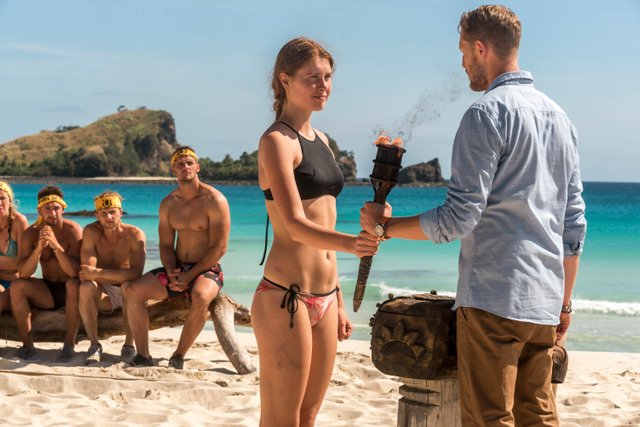
In short - I took part in the polish version of SURVIVOR - the best reality TV show on earth!
It has been my greatest dream since I was 6 and first saw it on TV. We didn't have our polish version of the show, but as they say... You have to dream big! So I did. My friends and family knew it is something that stays at the top of my bucket list, but I had almost no chance to participate in the show. I didn't have the US or Australian passport to be able to co to apply :(
And finally, in March 2017 polish television announced a casting for a TV show based on the format of Survivor! I couldn't be happier! I send my application, went through the casting process, bet 10 000 other applicants and made it on the plane flying to Fiji! wow! Dreams do come true if you really want to make them come true, trust me. I've written a post about my Survivor experience, feel free to read it.
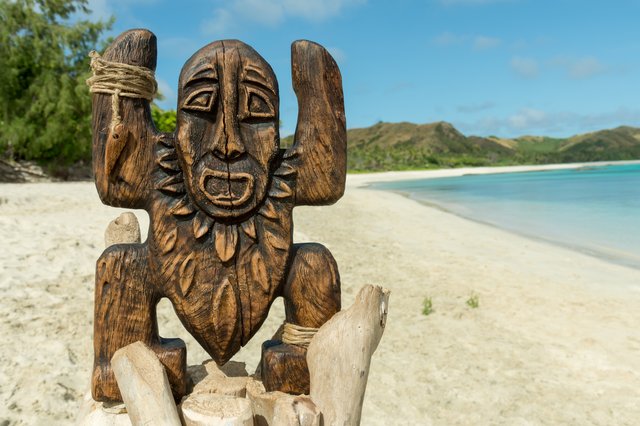
Today I will write about one of the most interesting parts form the castaway's life - getting food.
What did we eat as castaways on a desert island?
One of the main elements that you need to take care of when surviving on a desert island is food. It is also one of the most interesting topics for the viewers and I am asked the food questions every time someone hears my story. I would also ask a lot of them, it's very interesting so that doesn't surprise me at all.
Really, I can ensure you, being as hungry as there cannot be compared to anything. It has nothing to do with this roaring in a belly when you didn't have time to eat and come home after work "hungry". It's hard to focus on any other needs if you haven't been eating anything for a couple of days. There is only this feeling - HUNGER. Nothing more. It is felt in a completely different way than this hunger at home. It is not sucking in the stomach, but huge drops in life energy! For obvious reasons, even partial filling up the stomachs was very important to us. So we did our best at finding food.
You may think - "This tropical island is certainly full of food. After all, it is surrounded by an ocean rich in fish and seafood, so what to worry about here?" And there is something to worry about, because in fact, the food may seem a lot, but it is not so easy to get it. Especially in the absence of tools. Every valuable calorie, dedicated to combing the jungle in search of edible plants and various types of gathering is a risky investment. It is not certain that the long effort spent on walking in the jungle or rocks in search of crabs will pay off and we will be able to get more calories than we lost.
Getting food is especially difficult when 8 people are to be fed (our tribe was 8 people at the beginning of the game).
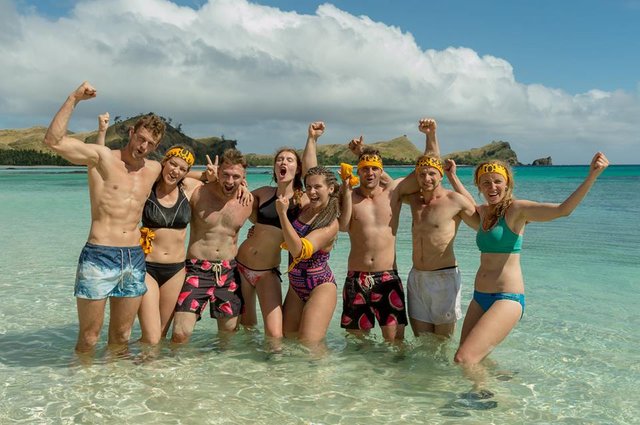
I will also answer the question that most people ask me about the program. "And you did not get any energy bars from the team of producers? I do not want to believe ..." No, we were not helped at all. It was a shock even for some participants who expected intervention from producers in this area. The opposite tribe didn't manage to get the fire going for 5 days and as a consequence, for 5 days they only ate some raw crabs. From an hour to an hour you could see how the island reflected on their health. Dark circles under the eyes, pale skin, fat and muscle tissue disappearing in the blink of an eye...
Everyone (except for one medical evacuation probably caused by extreme body exhaustion) managed to survive.
See how we dealt with obtaining food and what was the basis of our diet!
Castaway's diet
Crabs
Our main source of protein! Catching a crab was probably the easiest way to get any protein with the hardware limitations we had. Because we only had a machete. The crabs were hiding in the rock crevices and we had to group together to get them out of the burrows and catch them. It was not that difficult. Single "crab hunting" provided about 6-8 pieces, so with a little luck, you could count on one to two crabs a day, a luxury! Before we lit the fire, we ate the crabs raw. The opposite tribe was eating them raw for 5 consecutive days, but fortunately on the second day, my team, after lighting the fire,changed raw crabs for crab soup ( boiled crabs in water with sea salt). Of course, everything on the island needs to be used, so we cooked the bowls again creating a decoction and drank it later.
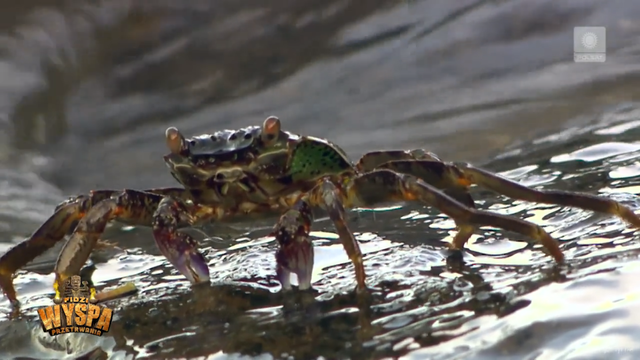
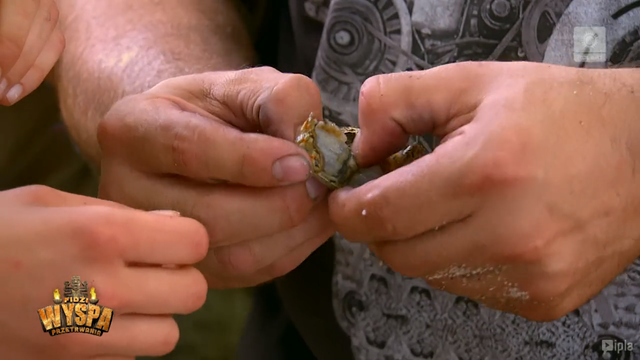
These 2 crabs are about 40 grams of meat. 38 calories and 7 grams of protein.
Coconuts
Classy Survivor's diet. These were not so many coconuts! You had to manage them well. Most of the coconuts on the island were unripe. Such young coconuts are green. Full of valuable, rich in electrolyte coconut water, but with a small amount of fat and so desired flesh. The second type is a dark shell covered with ripe coconuts with a lot of flesh. After smearing from the outer shell, coconuts are similar to those we can get in the supermarkets. If there were more coconuts on the island, then survival would be much easier. The second thing isgetting inside the coconut! Tom Hanks in "Castaway" recorded on Fiji, struggled for a long time with these coconuts. It's not easy at all, even with a machete! We ate about 1/4 daily, up to 1/2 of the coconut, chewing and enjoying your portion.
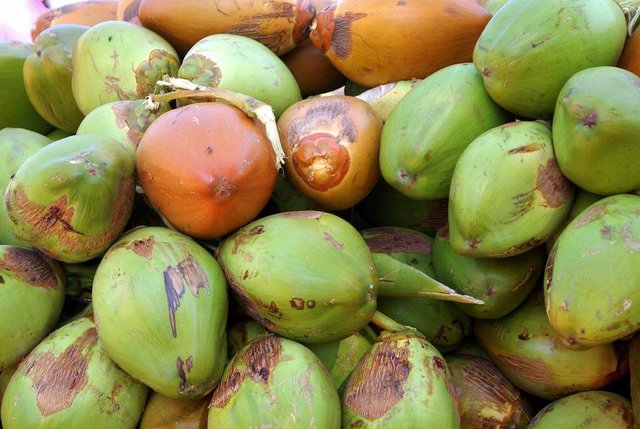
The daily serving for one person is about 60g of coconut. It's 212 kcal and 2g of protein - the most significant part of our diet.
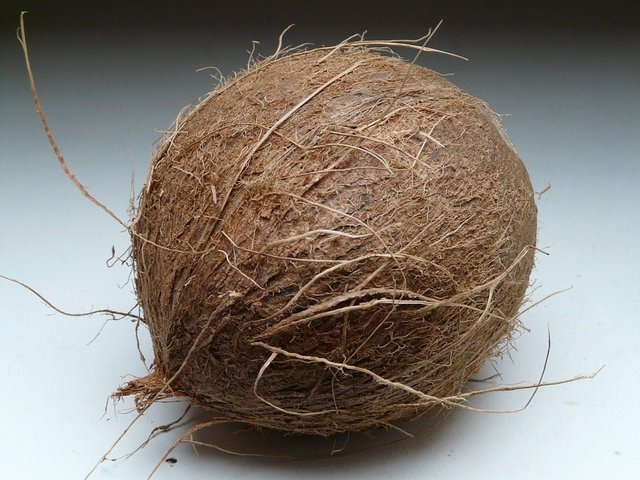
Papaya
There was a lot of green papayas on our island! It would be too good if it was ripe, ready to eat papaya. Green, immature papaya is edible after cooking. At the beginning when I tried it, I thought: "We are saved if there is so much of it!", It tasted like boiled zucchini. On the second and third day, it was neutral. From day four, it caused a gag reflex. We did not eat papaya, we swallowed it. The peeled papaya tasted a bit better, but we discovered it after a few days.
Mature papaya is, however, a completely different story! We found mature ones too, but only 3 or 4 during my entire stay on the Island. The taste was totally different, sweet, heaven! Burying a slightly immature papaya in the sand and leaving it in the sun. accelerated her maturation, but this method was discovered after a few days and I could not enjoy this discovery for too long (because I spent only 9 days there).
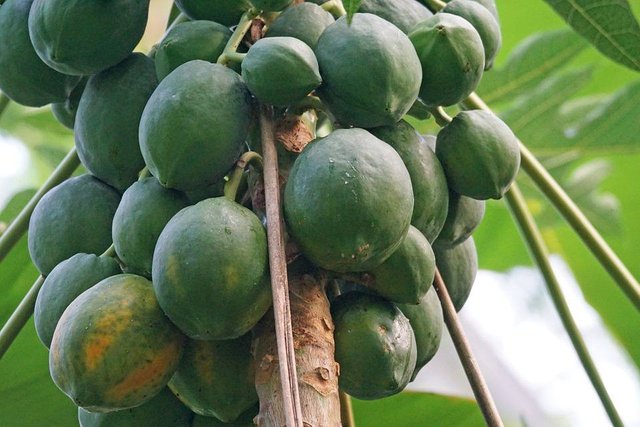
Papaya approx. 300g per day, 130 calories.
Snails and small crabs in shells
Each, even the smallest portion of protein was incredibly valuable on the island. During the hunting of crabs, therefore, we collected small shells in which little crabs that looked like shrimps were hiding. We cooked them in salted water and ate. However, it soon turned out that it was not the best idea. Snails (or small crabs) have caused most of us stomach problems, and diarrhoea in such conditions is a horror. It may be extremely dangerous and very debilitating. We, therefore, resigned from these shell-like contents, which turned out to be right: after the adventure, the local tribe confirmed that they are not edible.
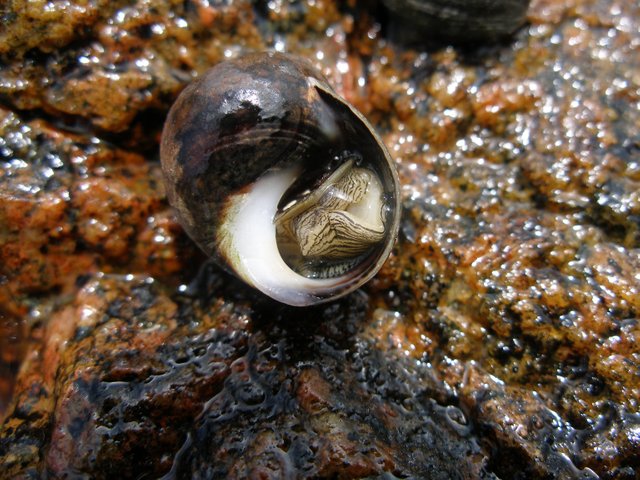
Rice
At the beginning of the game, we were given a certain amount of rice for distribution, approximately 2 kilograms. However, it had to cover the needs for 30 days, a great moderation was necessary! I belonged to those "bad" ones, which means I was still limiting us the amount of rice per day. We cooked it in salted water, each one got a small "shell", or a portion measure. About 30 grams I'd say. We made a system in which we ate rice every other day, in the morning, on the days in which we expected particularly important competition for immunity.
We derived about 103 kcal from rice.
Sugarcane
We managed to spot it in the jungle and that provided us with a lot of joy! Thanks to it, we managed to cook "sweet rice". There were only 4 pieces, so it did not provide too much calories, but each flavour variety and the supplier of other micronutrients is a great treasure. I've tried sugar cane in Asia before the program, but it tasted better on the island 😃
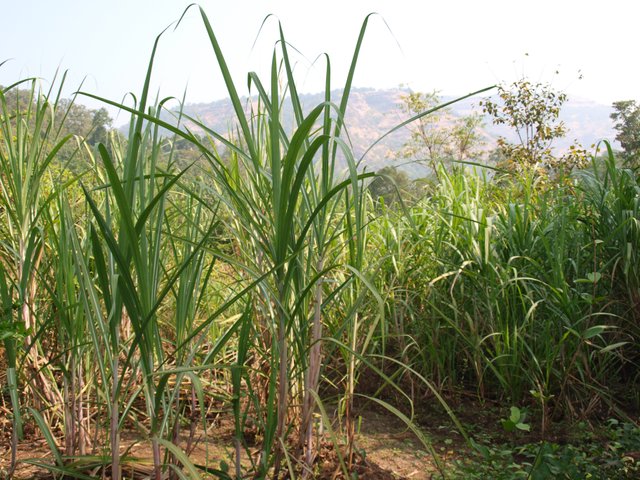
Caloric summary: we ate almost 480 kcal per day and about 10 grams of protein. For comparison, the average person should consume about 2000 kcal and 70 g of protein a day...
Very deficient menu. Someone might think: Why did not you check what plants are edible there to have more options? Well.. I've checked, but we did not know where we were going. In general, we knew about edible plants in Polynesia, but the majority of species found on the islands are endemics, i.e. plants that can be brought together there and only there! It could not be foreseen.
It was not easy, but it is definitely the best adventure of my life and if I got a second chance I would fly even in this second!
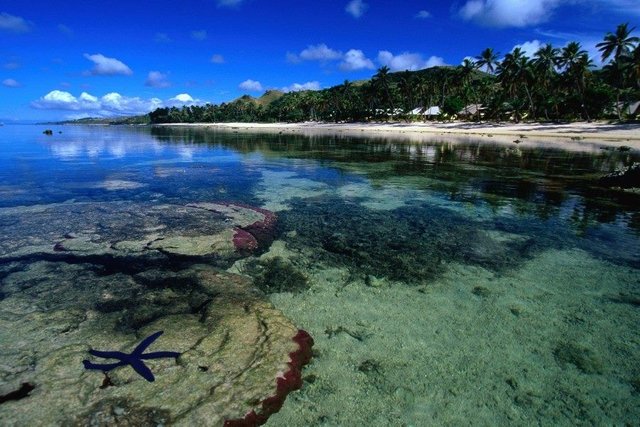
Amazing adventure and beautiful photos !!
Gratuluję!
Sama bym do takiej przygody nie podeszła;) Nie teraz. Ale dekadę temu... Kto wie?